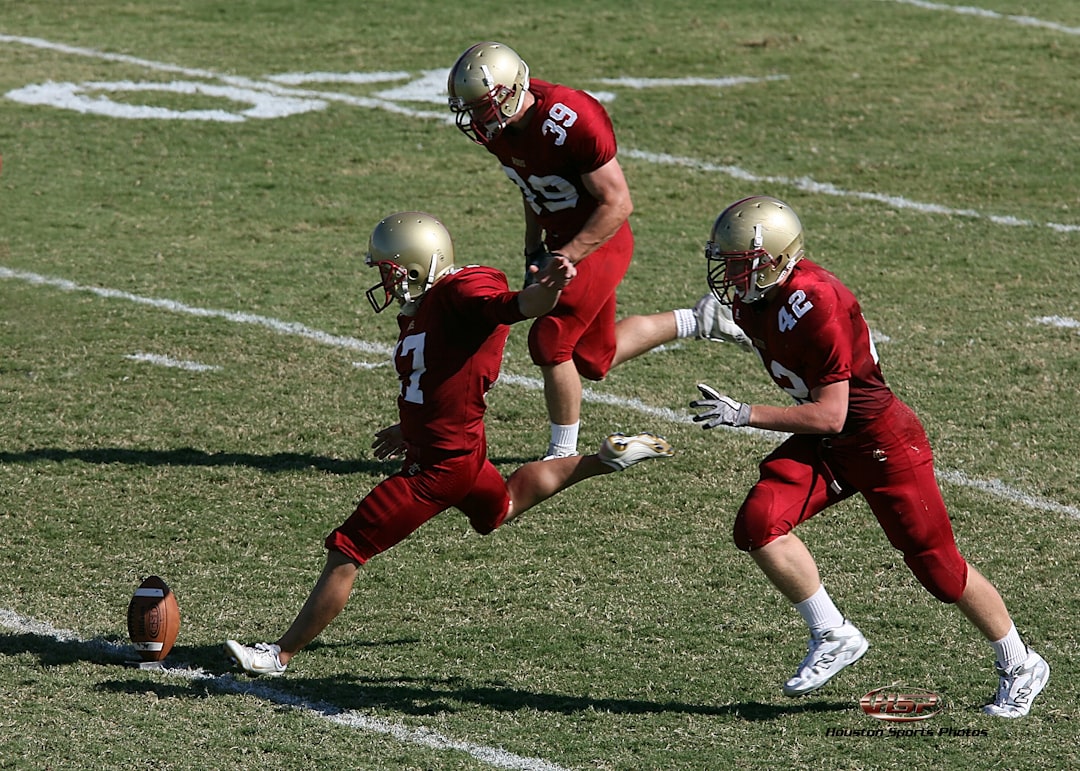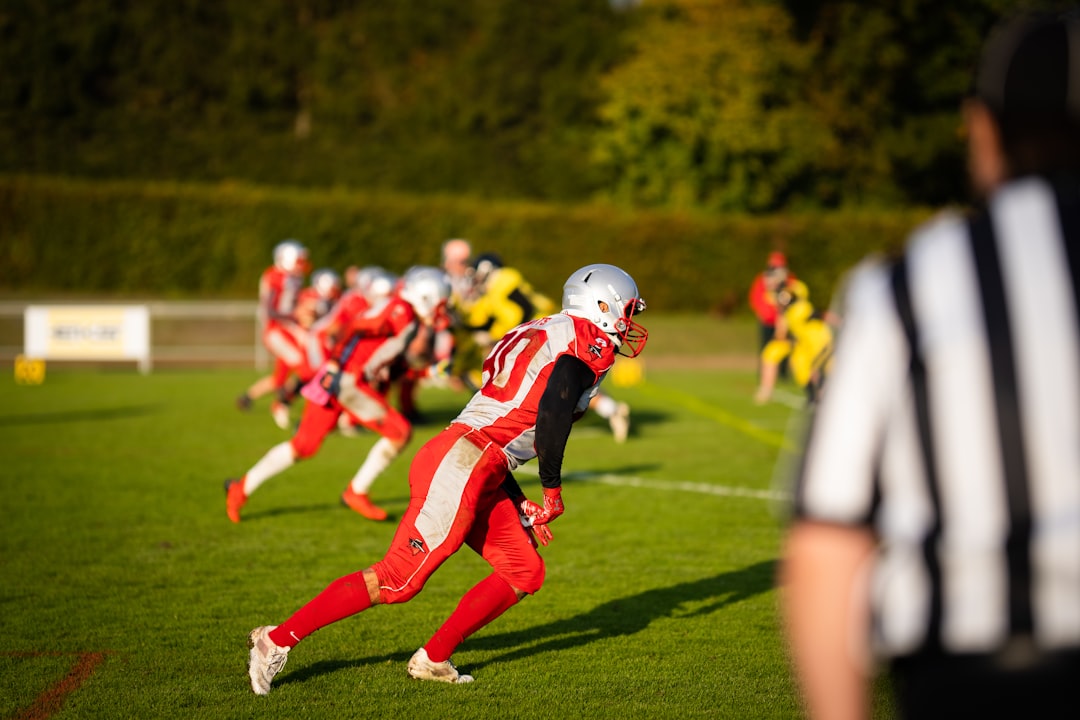In the game of football, the running back plays a vital role in both rushing and receiving plays. This position demands a unique combination of speed, agility, vision, and toughness. For beginners looking to understand how to play running back, learning the fundamentals, mastering the techniques, and understanding the game’s strategies are essential for success and personal improvement.
What Is a Running Back?
A running back is an offensive position, typically lined up behind or next to the quarterback. The primary responsibilities of a running back include:
- Rushing the ball: Carrying the ball to gain yardage on run plays.
- Receiving passes: Catching short passes and screens to create offensive opportunities.
- Blocking: Protecting the quarterback and helping in pass protection or run blocking schemes.
There are different types of running backs such as the halfback, fullback, and third-down back, but in this beginner’s guide, we’ll focus on the general skills and responsibilities of the halfback, who is often the featured back in most offensive schemes.
Essential Skills to Develop
To be successful at the running back position, players must develop and refine several key skills.
1. Vision and Patience
Great running backs are not just fast—they can see the field, anticipate where holes will open in the defense, and decide quickly where to go. Vision allows a player to identify gaps and choose the best lane, while patience helps them wait for blocks to develop instead of rushing into tackles.

2. Ball Security
One of the biggest responsibilities of a running back is to maintain control of the ball. Fumbles can quickly turn the game in favor of the opposing team. Practicing good ball-handling techniques—like keeping the ball high and tight to the body—helps prevent these costly turnovers.
3. Acceleration and Speed
Quick acceleration allows a running back to explode through holes and escape defenders. Top-end speed helps you pull away once you hit the open field. Both traits can be improved through sprint drills, strength training, and conditioning.
4. Agility and Balance
Agility drills such as ladder exercises or cone drills help improve a back’s ability to change direction quickly. A good running back can shift laterally, stop and start smoothly, and maintain balance even when contact is made.
5. Receiving Ability
Modern running backs are often tasked with catching passes out of the backfield. As such, they should practice catching with soft hands, running clean routes, and turning quickly upfield after the catch.
6. Blocking Technique
Pass protection is a critical but often overlooked skill for running backs. Whether picking up a blitzing linebacker or helping seal the edge, blocking requires awareness and solid technique.

Basic Running Techniques
Running the ball effectively involves more than just speed. Here are a few fundamental running concepts every beginner should understand:
- Follow Your Blocks: Trust your offensive line. Run close to blocks and make decisive cuts.
- Keep Your Shoulders Square: Doing so gives you balance and allows you to adjust to contact.
- Make One Cut and Go: Don’t dance around too much. Find your lane, make one quick move, and get upfield.
- Use the Stiff Arm: A well-timed stiff arm can help you evade a tackle and gain extra yards.
Understanding the Playbook
Running backs must learn and understand their team’s offensive playbook to be in the right place at the right time. Common running plays include:
- Inside Zone: A downhill run between the tackles.
- Outside Zone: A run toward the sideline, allowing the back to find a cutback lane.
- Counter: A deceptive run that starts in one direction before cutting back the other way.
- Draw: A disguised handoff designed to catch the defense off guard.
- Screen Pass: A short pass allowing linemen to move downfield and block for the back.
In addition to memorizing these plays, the running back must also recognize blitzes, understand coverage schemes, and execute protection assignments correctly.
Developing Football IQ
Football isn’t just a physical game; understanding how and why plays work is critical. Beginner running backs should watch film to learn from professional players. Focus on how they set up blocks, make cuts, and use different moves depending on the defensive front.
Communication with the quarterback and offensive line is essential in setting protections and adjusting to defensive alignments. A smart running back can also read the leverage of defenders and anticipate pursuit angles.
Conditioning and Strength Training
A running back needs a physically strong yet flexible body. Here are some workout focuses:
- Leg strength (e.g., squats, lunges) for powerful cuts and breakaway speed.
- Core exercises (e.g., planks, Russian twists) for balance and durability.
- Upper body strength (e.g., push-ups, bench press) to break tackles and block defenders.
- Cardiovascular training to maintain stamina throughout the game.
Practice Drills for Beginners
Consistency and repetition are key to improving as a running back. Include the following drills in regular practice:
- Hand-off drill: Practice clean exchanges from the quarterback.
- Agility ladder drills: Improve footwork and quick cuts.
- Cone drills: Increase change of direction and peripheral vision.
- Tackling dummy runs: Learn to power through contact and keep moving your feet.
- Route-running drills: Develop separation skills and receiving mechanics.
Mental Toughness and Game Preparation
Beyond skills and tactics, a running back must cultivate mental toughness. Football is a contact-heavy sport, and running backs often face multiple hits during a game. Building resilience, staying focused, and maintaining confidence—even after a fumble or bad play—distinguishes great players from average ones.
Prepare for each game by studying the opponent, understanding their tendencies, and working on weak areas identified in practice or past performances.
Conclusion
Playing running back is a rewarding yet challenging role in football. A beginner must focus on developing core skills like vision, agility, ball security, blocking, and route running. Combine those with physical training, solid game knowledge, and discipline, and any player can progress toward becoming a reliable and effective back on the field.
FAQ: Running Back Basics
- Q: What’s the difference between a running back and a fullback?
A: A running back (halfback) is usually faster and more involved in rushing and receiving, whereas a fullback typically serves as a blocker and short-yardage runner. - Q: How can I fix fumbling issues?
A: Practice holding the ball high and tight, keeping five points of contact: fingertips, palm, forearm, bicep, and chest. Do ball security drills daily. - Q: What’s the best way to improve my speed?
A: Incorporate sprint training, resistance running, sled pushes, and agility drills into your workouts. Strengthen your legs and improve running form. - Q: Can smaller players succeed at running back?
A: Yes. While size helps with breaking tackles, smaller backs can excel with quickness, agility, and vision. Many successful pro backs are under 6 feet tall. - Q: How often should I train?
A: Aim for 4–5 training sessions per week, including skill drills, strength training, and studying film. Recovery and proper nutrition are equally important.
